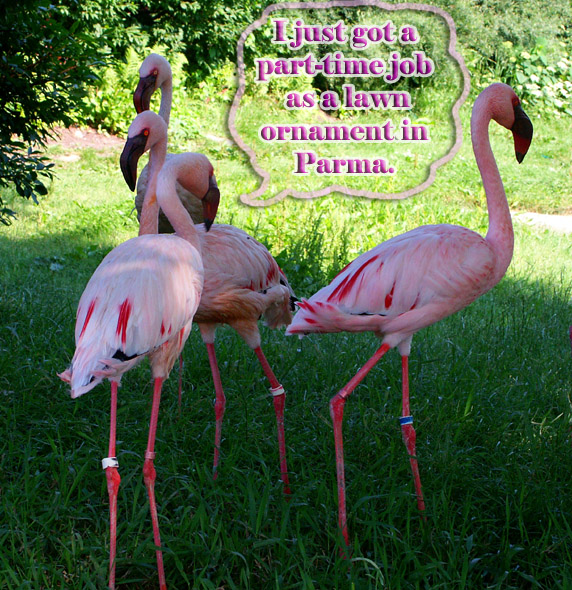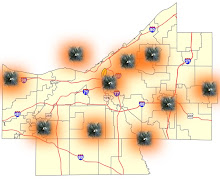 We have all made pilgrimages to shrines of architecture, visiting Corbu, Jefferson, Mies, or Gehry and their buildings. We pull out sketch books and digital cameras, feeling obligated to document our visit to the masters.
We have all made pilgrimages to shrines of architecture, visiting Corbu, Jefferson, Mies, or Gehry and their buildings. We pull out sketch books and digital cameras, feeling obligated to document our visit to the masters.But as many architects and writers have explained, there is much more to learn from the seemingly ordinary and everyday architectures and places where we reside daily. John Stilgoe writes about these everyday places in Outside Lies Magic. Reyner Banham wrote lovingly of the kitsch that constituted much of ordinary American life. Kevin O'Keefe has just published his book called The Average American, which documents his quest to find the most statistical average American.
My recent awakening to the richness of the everyday comes as I move to another suburb in Cleveland, the suburb of all suburbs--Parma. Parma is the butt of many Cleveland jokes, usually involving the terms "the full-Cleveland", "pink flamingo", "white socks + bowling shoes," and "waterbed emporiums." Even Drew Carey, who grew up in the city of Cleveland proper, included Parma jokes in his stand-up acts and sit-com.
However, Parma is a pretty interesting place. It is the seventh-largest city in Ohio. Parma is the hottest housing market in Northeast Ohio. The city hosts a copious cross-section of cultures and religions. Many immigrants and young professionals are flocking to this inner-ring suburb. And the city, which was a post-war boom town, possesses fantastic anomalies of suburban development, interesting and varied housing stocks, odd, monumental traditionally inspired modern Catholic churches, and spectacularly garish 1960's banks and office buildings.
Each one of us knows of places like Parma, whether in Chicago, New Jersey, or Los Angeles. I look foreword to sharing these examples of modern suburban architectural idealism.





2 comments:
"It is a one-class community on a great scale, too congested for effective variety and too spread out for social relationships…Mechanically, it is admirably done. Socially, the design is backward."
Lewis Mumford, 1952 on Levittown, PA
http://www.thestar.com/NASApp/cs/ContentServer?pagename=thestar/Layout/Article_Type1&call_pageid=971358637177&c=Article&cid=1145310632613
Post a Comment